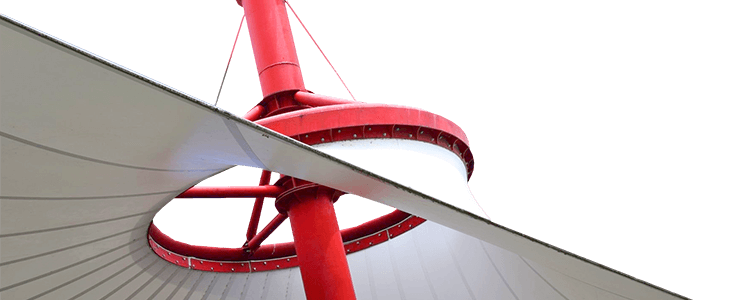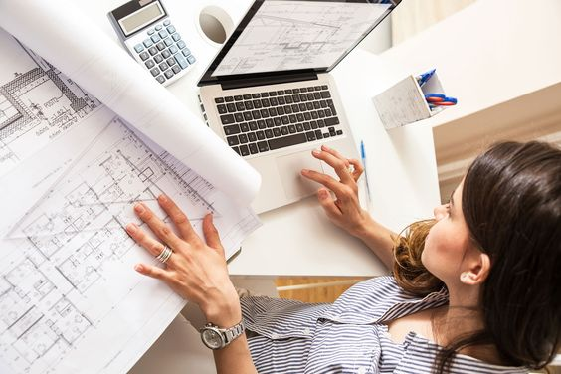Textile Facade
Textile Facade
PVC/PTFE Membrane is the best solution for cladding building facades in large structures such as stadiums, shopping centers or medium/small scale projects such as parking lots or office buildings. For textile facades, ETFE film systems such as PVC/PTFE/membrane mesh or pneumatic air blown cushions or rope supported single layer are used.
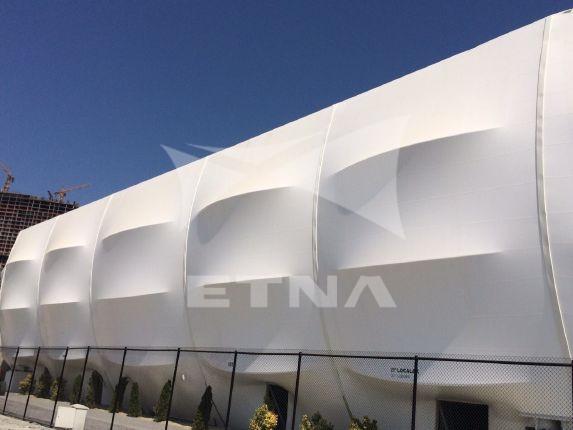
Textile A highly sustainable building material for facade cladding applications, membrane cover fabric maximizes daylight while minimizing solar heat gain and waste in construction. PVC membranes are produced in many standard colors and almost any design can be made with printed graphic applications. Silver colored PVC mesh cover fabrics are often preferred because they are similar in type to aluminum panels and perforated metal mesh facade claddings. Since it is low weight and high strength, it is one of the most preferred products in static sense.
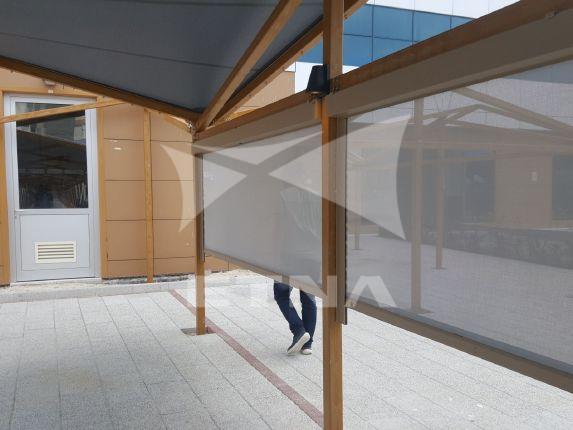
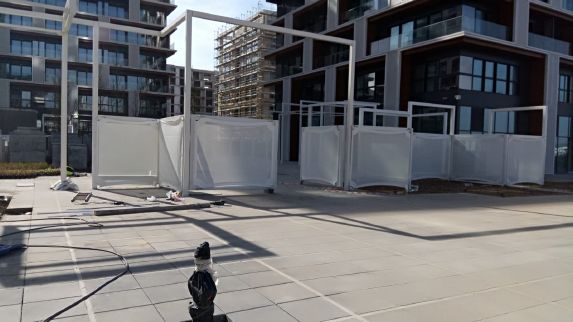
Benefits of Textile Facade Cladding Systems:
Durable and sustainable
- Providing sunlight/heat control,
- Being suitable for flexible design,
- Ability to provide wide aperture,
- Cost-effectiveness,
- Perforated mesh systems provide natural ventilation,
- Providing the desired appearance with digital printing,
- 100% recyclable,
- Availability of fabrics suitable for all fire classes,
Textile Facade Fabric Suppliers:
We source raw materials from the best membrane manufacturers in the world to ensure quality for our customers.
- Mehler Texnologies
PVC, PVDF . Mehler Texnologies is one of the international leading companies in the membrane cover market, based in Germany. They manufacture and distribute their popular products under the brands VALMEX®, POLYMAR® and AIRTEX®.
- Serge Ferrari
PVC, PVDF . Serge Ferrari Group, the French leader in the composite textile industry, is an industry leader, especially in the field of textile architecture.
- Verseidag
Based on its outstanding expertise in weaving and coating, Verseidag Coating & Composite can meet many different customer demands by creating tailor-made solutions for all kinds of markets with great innovation power.
- Sattler
- Heytex
- Sioen
Contact us for more information:
https://www.etnayapi.com/en/contact/
ADVANTAGES
Textile façades are designed to suit environmental conditions using PVC, Mesh (Perforated), PTFE (Teflon), PTFE mesh, ETFE materials, or a combination of these.
Textile-covered façades have many advantages:
1. Lightweight: Textile materials are generally lightweight, meaning the façade system does not add extra load to the building, which helps save on structural supports and foundations.
2. Flexibility and Design Variety: Textile-covered façades can be designed in various shapes and forms, offering architects and designers creative freedom. They can be flat, curved, or wavy.
3. Light Transmission: These façades allow natural light to enter indoor spaces, promoting energy savings and creating a brighter interior environment.
4. Energy Efficiency: Textile façades provide insulation and shading, helping reduce heating and cooling costs for buildings. They also filter sunlight, controlling the amount of solar heat entering the building.
5. Durability and Weather Resistance: Textile materials are resistant to UV rays, water, wind, and other weather conditions. With the right material selection, a long-lasting façade system can be achieved.
6. Fast and Easy Installation: Textile façades are generally quicker and easier to install compared to other façade systems, potentially reducing labor and installation costs.
7. Low Maintenance: Textile façades are typically made from easy-to-clean materials and require minimal maintenance.
8. Eco-Friendly Options: Many textile façade materials are recyclable or made from materials with a low environmental impact.
These advantages make textile-covered façades a preferred choice in architectural projects as an aesthetic, functional, and sustainable solution.
Textile-covered façades offer more advantages compared to metal mesh façade cladding. Here are the main reasons for these advantages:
1. Weight and Load Reduction
– Textile Façades: Typically made from very lightweight materials, they do not add significant load to the building. This lightweight nature requires less robust structural supports, reducing overall construction costs.
– Metal Mesh Façades: Heavier and can create additional load on the structure. They may also require stronger supporting structures.
2. Flexibility and Design Variety
– Textile Façades: Due to their flexible structure, they can be easily designed and applied in various shapes, forms, and patterns, offering architects creative solutions.
– Metal Mesh Façades: More rigid and less flexible, which can limit design possibilities.
3. Light Transmission and Interior Comfort
– Textile Façades: Different weave densities can be used to optimize natural lighting indoors. They allow some daylight to enter while controlling direct sunlight, contributing to energy savings.
– Metal Mesh Façades: While they allow some light transmission, they may not manage light as effectively as textile covers.
4. Insulation and Energy Efficiency
– Textile Façades: Provide thermal insulation and help reduce a building’s heating and cooling costs. Their ability to control sunlight minimizes cooling loads.
– Metal Mesh Façades: Offer shading but are less effective in providing thermal insulation.
5. Easy Installation and Maintenance
– Textile Façades: Generally quicker and easier to install, requiring less labor due to their lightweight nature. They are also low-maintenance, as they do not rust and are easy to clean.
– Metal Mesh Façades: Installation can be more challenging, especially for custom shapes and large sizes, requiring more labor. Additionally, metal may corrode or discolor over time, leading to higher maintenance needs.
6. Eco-Friendly Options
– Textile Façades: Can be made from recyclable or environmentally friendly materials, making them a more sustainable option.
– Metal Mesh Façades: While recyclable, their production process is energy-intensive and may have a greater environmental impact.
7. Aesthetic Variety
– Textile Façades: Offer a wider range of colors, textures, and patterns, allowing for more dynamic and visually appealing surfaces.
– Metal Mesh Façades: While visually interesting, they offer more limited options in terms of color and texture, often resulting in a more rigid aesthetic.
For these reasons, textile-covered façades can be more advantageous than metal mesh façades, depending on the project and design goals.
